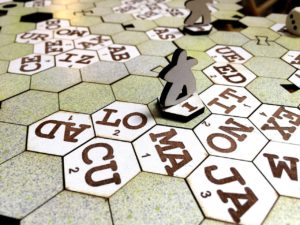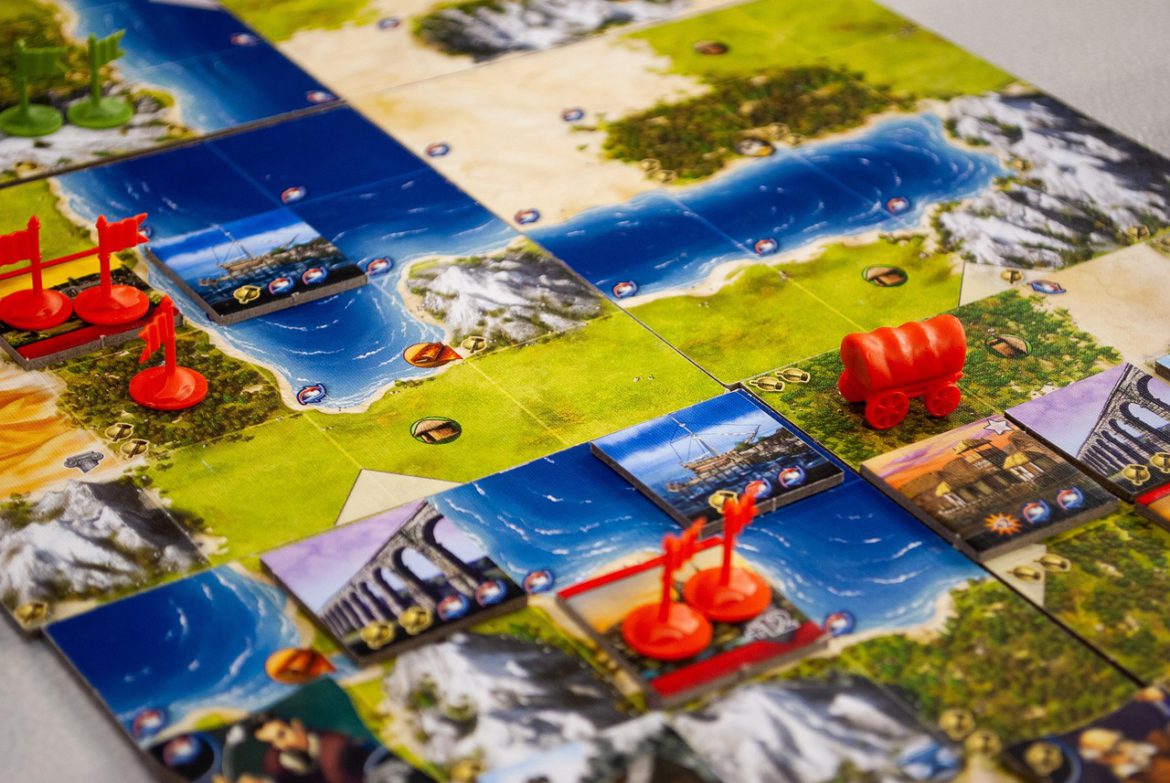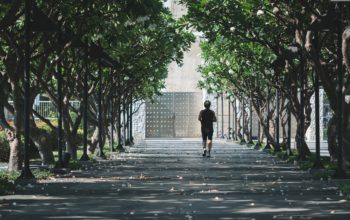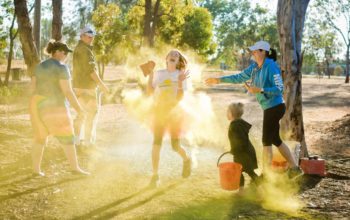A backyard ninja warrior obstacle course turns ordinary exercise into a mission worthy of a comic-book hero. A weekly d&d session lets friends roll dice and forge alliances that stretch strategic thinking. Browsing a billiards showroom near me reveals finely balanced cues that demand the same precision as any combat simulation. Together, these pursuits blur the line between workout and wonder, proving that the strongest muscle is the imagination.
The Power of Play for Grown-Ups
Many adults divide leisure into two neat boxes: physical activity for health and tabletop hobbies for relaxation. Yet neuroscience shows both stimulate overlapping reward pathways. Fast footwork on a climbing wall releases endorphins; inventing a character backstory fires the brain’s storytelling networks. Combining the two multiplies motivation: when training echoes a fantasy narrative, participants stick with their regimen longer, push harder, and celebrate milestones more vividly than with a rote routine. A fitness-gaming fusion also welcomes every ability level. While a dedicated gym can intimidate beginners, a quest-oriented obstacle course or cue-sport challenge frames each skill as an unlockable achievement, turning progress into an unfolding story rather than a race against the clock.
Designing a Real-World Quest Track
Adventure Plus, renowned for its modular playground rigs, now offers kits inspired by pop-culture gauntlets. A typical build links balance beams, hanging grips and spring platforms in quick succession, encouraging users to imagine leaping lava chasms or dodging enchanted arrows. The trick is to choreograph flow: low-impact elements first to warm muscles, dynamic swings midway for adrenaline, and a celebratory sprint finish that invites high-five selfies. Adding LED beacons or coloured flags transforms each station into a “level,” while a simple phone app tracks clear times, awards digital badges and unlocks fresh route combinations. Families have discovered that children who refuse a jog around the block happily spend forty minutes repeating the circuit when it’s framed as a castle siege or spaceport escape.
From Character Sheets to Cardio Sheets
Role-playing veterans already know how a fictional persona motivates bold choices. Apply that same principle to fitness by writing a “training sheet” for real-world attributes—strength, agility, endurance—that evolve like in-game stats. Complete ten flawless chin-ups? Mark a plus-one to strength. Hold a plank for two minutes? Dexterity rises. A monthly “boss battle” might involve timing the entire obstacle run in full medieval tabard or superhero cape, proving that functional fitness allows expression without compromising performance. This system borrows intrinsic reward from tabletop gaming: points accrue steadily, setbacks become plot twists, and levelling up sparks communal applause rather than solitary spreadsheet updates.
Cue Sports: Precision, Patience and Presence
Where obstacle runs favour explosive movement, cue sports celebrate stillness. A professional-grade billiards table demands millimetre accuracy, steady breathing and patient shot planning—qualities that balance high-intensity training with mindful control. After a sweaty session outdoors, stepping into a cool showroom lined with gleaming timber rails and deep green cloth feels like transporting to a royal games hall. Choosing a personalised cue becomes a ritual: test its weight, practise a gentle break, feel how maple responds under soft grip. The act of lining up a shot slows heart rate, grounding players in the moment and reinforcing proprioception gained on the ninja rig. Over time, this cross-discipline approach refines gross motor power into fine motor finesse.
Social Synergy: Teams, Guilds and Pool Leagues
Fitness journeys thrive on accountability, and nothing fuels commitment like a shared storyline. Forming a weekend “guild” that tackles the obstacle circuit together, then reconvenes around a role-playing table or pool comp, layers camaraderie onto exercise. Every member brings a strength: one maps fresh course variations, another narrates a cliffhanger campaign, a third analyses cue angles. Success in one arena energises effort in the others. A newcomer might first join because they love fantasy miniatures, then surprise themselves by mastering a rope climb to earn bonus points for the party. Inclusivity grows naturally; aged relatives who can’t swing from bars might still keep score at the felt, ensuring an intergenerational mix that strengthens community ties.
Mind-Body Benefits Backed by Science
- Enhanced Neuroplasticity: Alternating physical drills with strategic gameplay accelerates the formation of new neural pathways.
- Stress Regulation: Dynamic exercise disperses cortisol, while reflective tabletop turns restore parasympathetic calm—a complementary cycle.
- Motor Learning Transfer: Balance gained on unstable beams improves stance stability at the pool table; visual tracking of rolling dice sharpens focus for cue alignment.
- Habit Adherence: Narrative framing and group milestones double long-term participation rates compared to solo gym attendance.

Building Your Own Hybrid Haven
- Map the Space: Even a modest backyard fits a cleat ladder, cargo net and push-off wall. Indoors, a spare room suffices for a fold-out table and shelving for miniatures.
- Set Story Arcs: Six-week seasons culminating in a multi-stage tournament or epic final session give structure and anticipation.
- Rotate Roles: Appoint rotating “game masters” to design workouts, narrate adventures or run pool brackets, keeping leadership fresh.
- Celebrate Wins: Custom tokens—laser-cut medal coins or embroidered patches—commemorate achievements and encourage display on gym bags or jackets.
- Track and Reflect: Use a shared digital journal to log distances, reps and dramatic plot turns. Seeing parallel progress amplifies pride.
Overcoming Common Hurdles
- Time: Merge activities into a single evening—20-minute circuit, 90-minute campaign, 30-minute cue session—to prevent scheduling fatigue.
- Equipment Costs: DIY obstacle modules from treated pine or repurposed tyres cost a fraction of commercial setups; tabletop pieces print cheaply on home 3-D printers.
- Skill Disparity: Introduce handicaps—extra starting hit points for beginners or cue-ball placement advantages—so veterans and novices compete fairly.
- Weather: Rainy days shift the workout to an indoor balance-board routine, followed by extended role-play or practice at a local pool hall.
Future Horizons: Augmented Reality and Smart Cues
Tech giants are merging location-based gaming with fitness, overlaying digital monsters onto physical courses using AR glasses. Imagine sprinting across a beam while virtual dragons swoop overhead, then decoding rune puzzles between sets. Meanwhile, sensor-equipped cues capture stroke velocity and spin data, transmitting real-time feedback for self-coaching. These innovations promise deeper immersion and refinement, yet the core remains timeless: people gathering to move, imagine and cheer each other on.
Conclusion
When exercise embraces storytelling and skill games balance adrenaline with accuracy, wellness stops feeling like a chore and starts reading like an adventure log. By weaving obstacle challenges, fantasy campaigns and cue-sport artistry into one tapestry, we nurture bodies, minds and friendships in equal measure. Whether you’re clambering over hanging rings, charting a forgotten kingdom or gliding a cue through chalky air, every action writes the next chapter in a saga where the hero is you—no gym membership or VR headset required, just a spark of curiosity and the courage to play.







